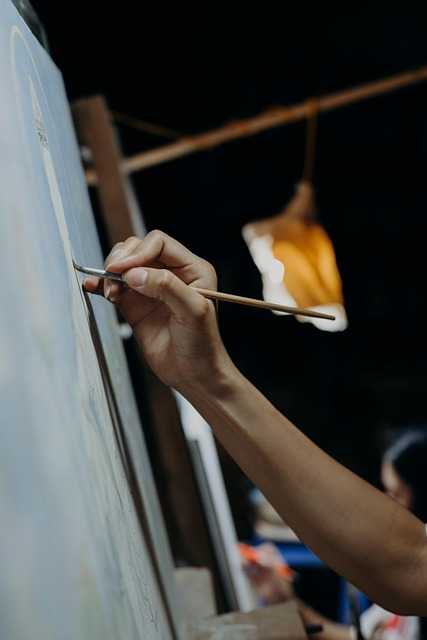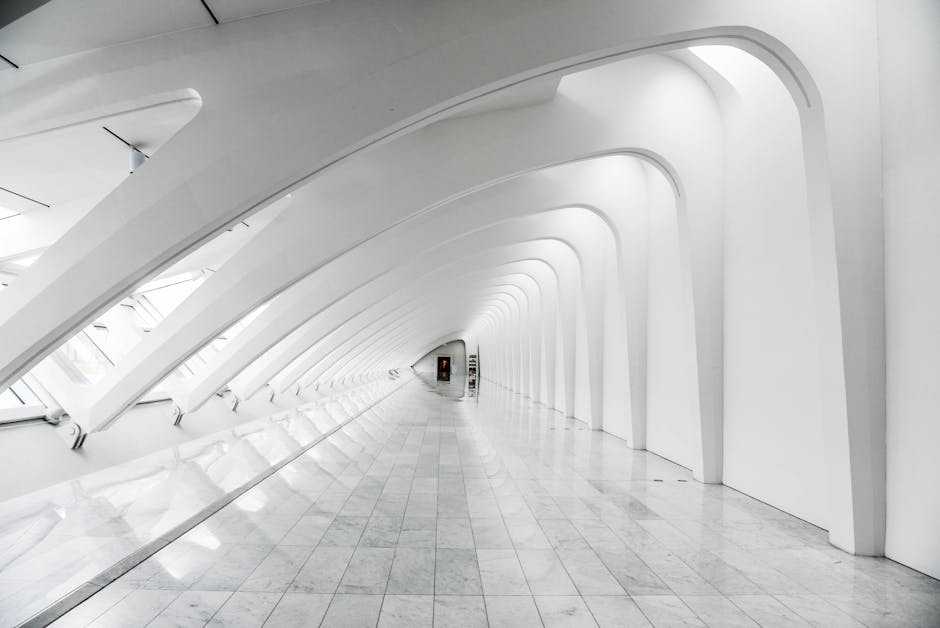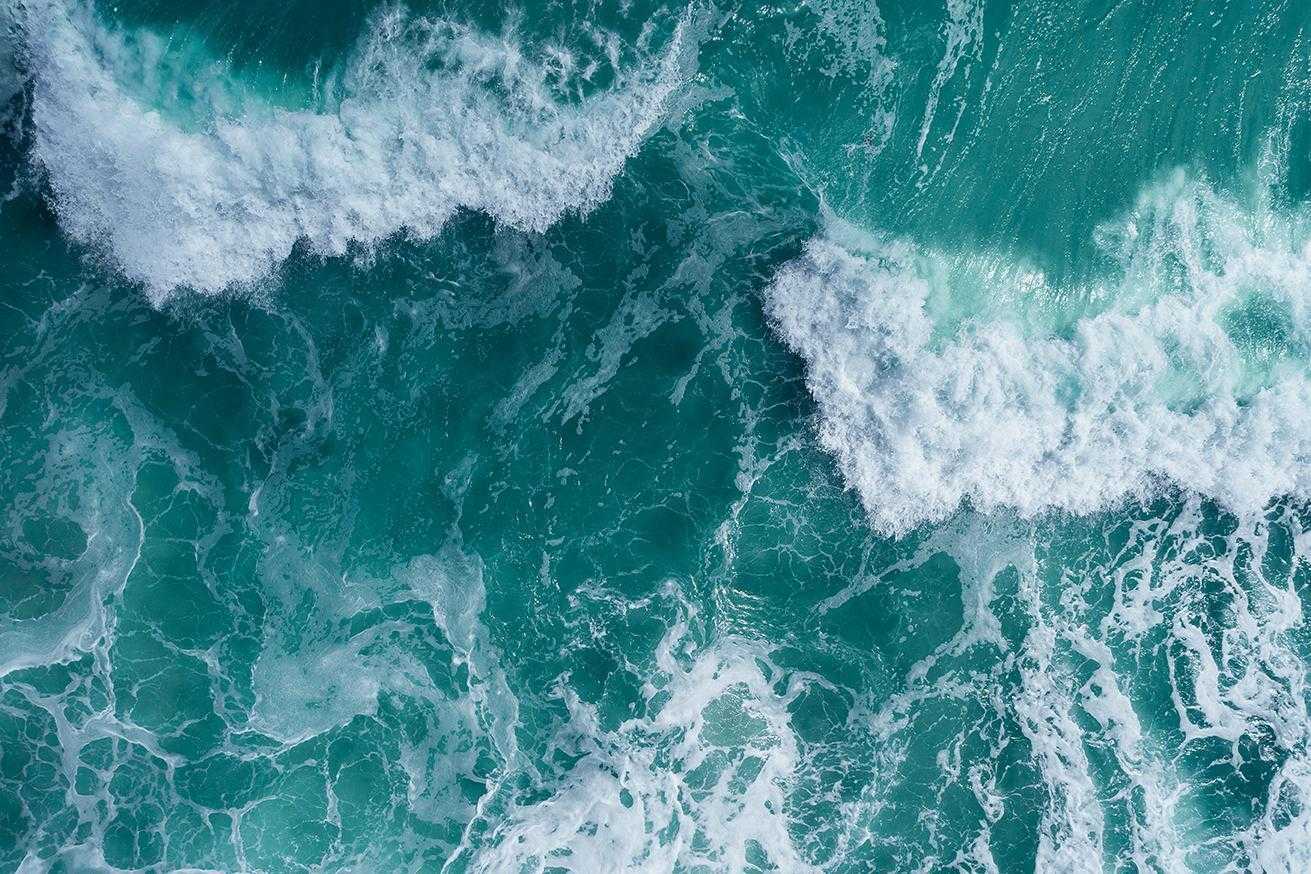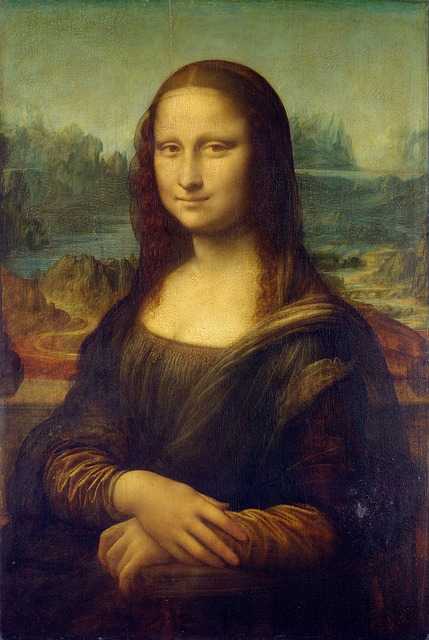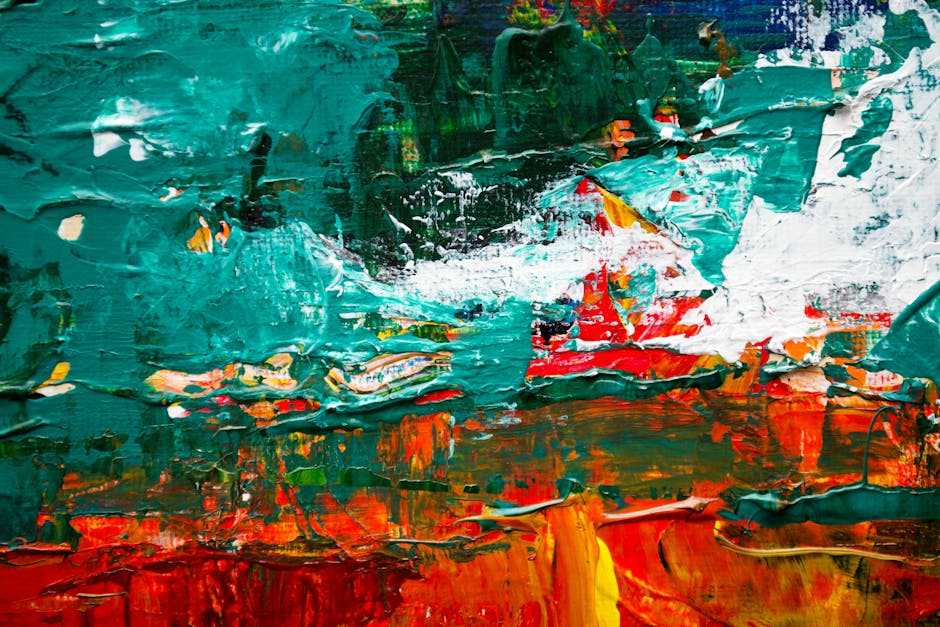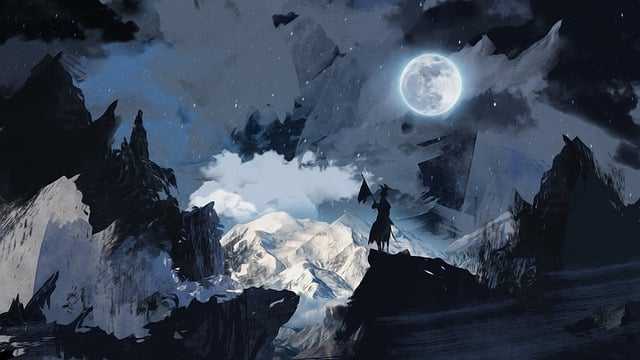Table of Contents
- Exploring the Symbolism of Waves in Artistry
- Techniques for Capturing Movement in Wave Paintings
- Recommended Artists Who Master the Wave Aesthetic
- Choosing the Right Medium for Your Wave Masterpiece
- Q&A
- The Way Forward
Exploring the Symbolism of Waves in Artistry
The depiction of waves in art is more than just a representation of nature; it encapsulates deeper meanings and emotions. Artists frequently use waves as a metaphor for change, tumult, and the relentless passage of time. As they crest and crash, waves can embody both chaos and tranquility, reflecting the complexities of the human experience. Masterpieces across various movements illustrate how this element of nature can evoke feelings ranging from awe to anxiety.
Throughout history, numerous artists have harnessed the power of waves to convey their messages. For example, Japanese woodblock prints, particularly those by Hokusai, showcase waves not only as majestic forms but as symbols of strength and resilience. His iconic piece, “The Great Wave off Kanagawa,” portrays a fearsome wave seemingly threatening boats, resonating with themes of nature’s dominance and the fragility of human life. Such artworks encourage viewers to contemplate their relationship with nature and the forces that shape their lives.
In contemporary artistry, waves continue to inspire creators as a subject that transcends time. Many modern artists utilize various mediums—from painting to sculpture—to interpret the ever-changing phenomenon of waves. Some focus on the aesthetic beauty, while others emphasize the emotional connections between waves and human experiences. The symbolism of waves can often be reflected in the following themes:
- Transience: Representing the fleeting nature of life.
- Conflict: Illustrating personal struggles and challenges.
- Harmony: Evoking peace and tranquility.
Below is a table that captures key elements of waves as artistic symbolism:
| Symbolic Meaning | Artistic Representation | Famous Artist |
|---|---|---|
| Conflict and Chaos | Cresting waves, turbulent scenes | Hokusai |
| Peace and Serenity | Gentle waves, calm waters | Monet |
| Nature’s Power | Crashing waves, stormy skies | Turner |
As viewers engage with these artworks, they often find layers of meaning intertwined with their aesthetic appeal. Waves, in their fluid nature, offer a rich tapestry for artists to explore life’s dualities while inviting audiences into a dialogue with the artwork. Whether through vibrant brush strokes or delicate etchings, the representation of waves remains a vital aspect of artistic expression and a profound source of reflection.
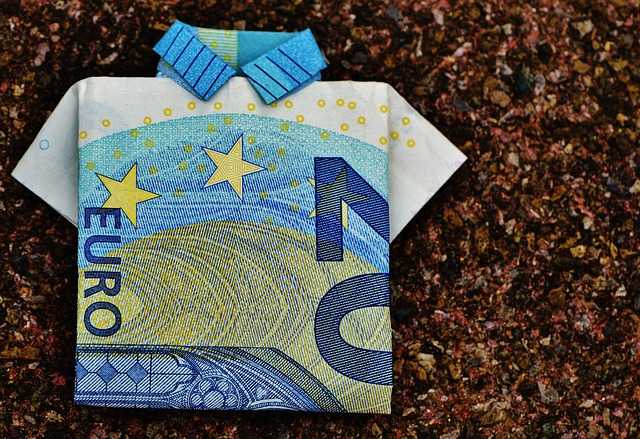

Techniques for Capturing Movement in Wave Paintings
To bring the dynamic nature of waves to life on canvas, artists often utilize a variety of techniques that emphasize movement and fluidity. One popular method involves the use of dynamic brush strokes, where the artist employs quick, sweeping motions to mimic the ebb and flow of the water. This technique can create a sense of energy and immediacy, allowing the viewer to feel as though they are witnessing the waves in real time.
Another effective approach is color layering. By using a palette that reflects the gradient of the ocean—from deep blues to frothy whites—artists can enhance the depth and dimension of their work. This technique often involves applying multiple layers of paint, allowing each layer to dry before adding the next. The interplay of colors can simulate the sunlight reflecting off the surface of the water, giving an illusion of movement that captivates the eye.
Incorporating texture into wave paintings can also be instrumental in portraying movement. Artists might combine various materials like sand, modeling paste, or thick impasto techniques to add physical texture to the canvas. This not only brings a tactile quality to the artwork but also captures the churning, unpredictable nature of waves, adding another layer of realism to the piece.
Lastly, the use of perspective can significantly alter the perception of movement in a painting. By positioning elements of the composition, such as foreground rocks or a distant horizon line, at varying angles, an artist can create a sense of depth that draws the viewer into the scene. This strategic placement helps simulate the viewer’s own experience of waves crashing on the shore, providing a breathtaking immersion into the painted landscape.


Recommended Artists Who Master the Wave Aesthetic
When it comes to capturing the majestic beauty of waves, several artists stand out for their unique interpretations and mastery of the wave aesthetic. Hokusai, a renowned Japanese ukiyo-e painter, is perhaps best known for his iconic print, The Great Wave off Kanagawa. This piece is a quintessential example of how waves can embody both power and tranquility, showcasing Hokusai’s incredible attention to detail and use of color.
Another extraordinary artist is Winslow Homer, who thrived during the 19th century. His seascapes often portray the raw energy of the ocean, combining rugged coastlines with the delicate play of light on water. His works, such as The Gulf Stream, not only exhibit powerful waves but also evoke a sense of drama and narrative, making viewers feel they’re witnessing the ocean first-hand.
Contemporary artists have also embraced the wave aesthetic, such as Makoto Azuma. Initially known for his floral arrangements, Azuma has expanded his repertoire by incorporating natural elements and the imagery of waves in his expressive, often large-scale works. His use of materials and innovative techniques creates a unique perspective on the transient beauty of waves.
| Artist | Notable Work | Style |
|---|---|---|
| Hokusai | The Great Wave off Kanagawa | Ukiyo-e, Color Woodblock Print |
| Winslow Homer | The Gulf Stream | Realism, Oil on Canvas |
| Makoto Azuma | Wave of Flowers | Contemporary, Mixed Media |
Lastly, the work of Gerhard Richter often reflects the wave aesthetic in a more abstract way. His seascapes eschew perfection in favor of a blur, creating a hypnotic effect that invites contemplation. Richter’s ability to replicate the fluidity of water showcases how the essence of waves can transcend literal representation, allowing viewers to experience the movement of the sea through his art.


Choosing the Right Medium for Your Wave Masterpiece
When embarking on the journey to create your wave masterpiece, the choice of medium can greatly influence the final outcome and the emotional resonance of your artwork. Various mediums offer distinct benefits and can evoke different feelings. For example, oil paints are rich in color and depth, reflecting the fluid movement of waves with a luminance that can make the ocean feel alive. Meanwhile, acrylics provide versatility, drying quickly, and allowing for easy layering and texture techniques. Consider these factors when selecting your medium:
- Drying Time: How quickly do you want to work? Oils allow for extensive blending time, while acrylics set rapidly.
- Texture: Will your waves be smooth or tumultuous? Some mediums lend themselves better to textured applications.
- Color Vibrancy: Different paints have varying levels of pigmentation, affecting the brilliance of your water hues.
Watercolor is another compelling option for depicting waves, as its transparency mimics the ethereal quality of water. This medium allows for delicate washes and spontaneous effects that can replicate the gentle flicker of sunlight on ocean surfaces. However, it requires a good understanding of water control and pigment application. Exploring watercolor can lead to captivating reinterpretations of wave dynamics, but be prepared to embrace its challenges.
| Medium | Characteristics | Best For |
|---|---|---|
| Oil | Rich textures, long drying time | Realistic waves, depth |
| Acrylic | Fast drying, vibrant colors | Layering, bold abstracts |
| Watercolor | Translucent, fluid | Soft seascapes, atmosphere |
consider mixed media as a pathway to enhance your wave-themed artworks. By combining various materials—such as incorporating fabric, sand, or even found objects—you can create a dimensional piece that resonates with the physicality of waves. This approach can tell a story beyond the paint itself, inviting the viewer to experience the texture and interplay of elements that reflect the ocean’s raw beauty. Embrace your creativity and let your choice of medium guide you towards capturing the essence of water in motion.
